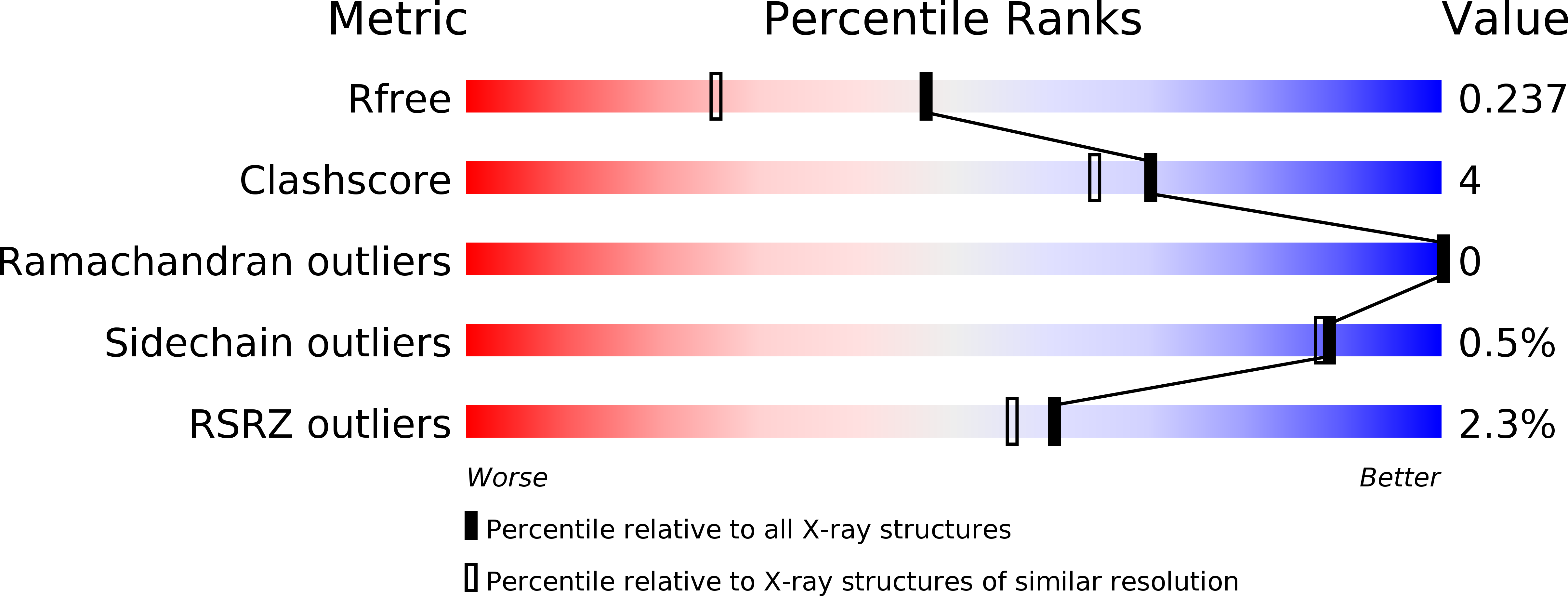
Deposition Date
2012-06-19
Release Date
2012-08-22
Last Version Date
2023-09-13
Entry Detail
PDB ID:
4FNI
Keywords:
Title:
Crystal structure of IsdI-W66Y in complex with heme and cyanide
Biological Source:
Source Organism:
Staphylococcus aureus subsp. aureus (Taxon ID: 158879)
Host Organism:
Method Details:
Experimental Method:
Resolution:
1.80 Å
R-Value Free:
0.23
R-Value Work:
0.19
R-Value Observed:
0.19
Space Group:
P 21 21 21


